Eating local food while it’s at its peak can give you all the nutrients nature was meant to give. Here are all the reasons that eating locally can impact both your health and the environment.
Have you ever enjoyed an out-of-season fruit or veggie and wondered how they wound up in the grocery store? Take mango, for example. How does a ripe mango end up in the grocery store in the dead of winter?
Out-of-season foods travel a very far distance to be available to use all year long. Long-distance food travel is often referred to as “food miles”, and the foods we consume on a regular basis travel roughly 1,500 miles to get to our plate.
Want to go Paleo? Not sure where to start?
Start with this FREE Paleo For Beginners Guide Today!
Let’s take a closer look at why we want to avoid too much mileage on our food, and how seasonal eating can benefit both your health and wallet.
What’s Wrong with Long-Distance Food?
When your fruits or veggies travel a long commute from farm to store, it negatively affects its nutritional value and taste. Not to mention the issue of environmental pollution!
Foods that have traveled long-distance are often picked when they are unripe, then gassed as a way to artificially ripen them before they arrive at your local grocery store. (1) Factories also use preservatives to keep the produce stable during the long-distance travel. Fruits that are artificially ripened are generally softer and don’t have as much flavor as naturally ripened fruit. For example, when calcium carbide is used to ripen bananas, the ripening process occurs between 24 and 48 hours. (2) Once artificially ripened, the banana will not last as long on grocery store shelves, and nutritional value begins to diminish.
Fruits ripened with calcium carbide (CaC2) can pose health risks, since they contain small amounts of arsenic and phosphorus hydride.
There are a couple of health risks we need to be aware of when it comes to consuming artificially ripened fruits. Fruits ripened with calcium carbide (CaC2) can pose health risks, since they contain small amounts of arsenic and phosphorus hydride. (3) While you may not be exposing yourself to significant amounts of these chemicals when consuming artificially ripened fruits, larger exposure can cause unwanted symptoms.
You can avoid fruits that are artificially ripened with CaC2 by looking at their appearance. Fruits that are uniform in color are more likely to have been artificially ripened, as fruits that have ripened naturally will have more of an irregular, speckled coloring. You can also check fruits like bananas by looking at the stem versus the color of the actual fruit. If the stems are green and the skin is yellow, chances are it has been artificially ripened. You may also find that the fruits that look ripe on the outside, but do not taste ripe or fresh, have not been allowed to ripen on their own and have been gassed or artificially ripened with a chemical like CaC2.
When you stick to in-season foods, there is a much better chance that the foods were recently harvested – and picked while ripe. (4)
What Is Seasonal Eating?
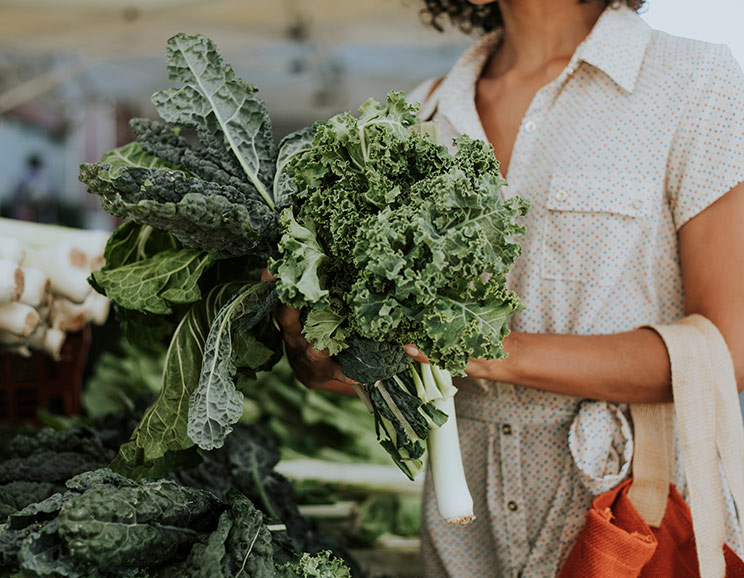
Here are the top benefits of seasonal eating.
Seasonal Food Supports Local Farmers
Buying what’s in season can also help support local and sustainable farms. When you purchase in-season local foods from your grocery store, there’s a bigger chance it was purchased locally as opposed to being sourced thousands of miles away.
Eating Locally Protects the Environment
Eating locally can also reduce pollution by cutting down on the distance food has to travel to get to your plate. Long-distance food shipments cause carbon dioxide emissions, and air freight shipments, while faster than sea shipments, are worse for the environment. (5) The problem is that when out-of-season foods are in high demand, there’s also a greater demand for faster shipment times, meaning more foods are being shipped via air freight.
Seasonal eating helps you do your part by decreasing your need for these long-distance foods.
Seasonal Eating Supports Your Gut
Eating seasonally means you feed your body what it is meant to eat. Nature didn’t intend for us to eat the same foods all year long. If we eat like our ancestors did and follow a Paleo approach, you’ll choose the foods that will nourish you all year round.
Our bodies are designed to eat fresh fruits and veggies in the warmer months with things like nuts, seeds, and heavier meats in the cooler months, as evidenced by a Stanford study that found seasonal variations in gut microbes in hunters and gatherers. (6) This means that eating seasonally can help support gut health, which in turn affects every aspect of our health. (7)
This variety also helps us get more vitamins and minerals in our diet, preventing nutrient deficiencies and improving immunity. Eating a variety of foods through a balanced diet is the best way to get the nutrients our body needs. (8)
In-Season Food Tastes Better
Fresh and in-season food tastes so much better than food that traveled thousands of miles to get to our plate. Remember that out-of-season fruit is often artificially ripened, which can alter the flavor from what it would taste like when naturally ripe.
Out-of-season fruits that need to be artificially ripened may also be chilled to help speed up the ripening process. If we look at the bananas that are artificially ripened with calcium carbide, they are kept under ice to lower the temperature and help boost the exterior yellow color. This process negatively affects the taste, and makes the banana less flavorful. (9)
Seasonal Food Has a Higher Nutrient Density
Once picked, the nutritional value of the food begins to decline. This becomes a problem when we constantly eat out-of-season foods that traveled a long distance to the grocery store. By the time we have access to them, their nutrient density declines significantly. (10, 11) Vitamin C is of particular concern, as it tends to degrade quickly after harvesting and will continue to when fruits and vegetables are stored before consumption. Research found that green beans lost 77% of their vitamin C content after being stored for seven days in a fridge set to 39.2°F. (12)
You don’t have to worry about this as much with in-season fruit. Since it’s picked when ripe, you get all those nutrients it was intended to impart.
How to Tell Which Foods Are in Season

One good place to start is by searching on the Seasonal Food Guide site, where you can search for produce in your local area during every month of the year. This is your best bet since seasons can vary depending on where you live. SNAP-Ed also shares information on seasonal eating and how to support local farmers markets.
To help you get started with seasonal eating, here’s a general idea as to what foods are in season throughout the year. (13)
Spring:
- Apricots
- Bananas
- Collard greens
- Lemons
- Lettuce
- Rhubarb
- Spinach
- Turnips
Summer:
- Bell peppers
- Cantaloupe
- Carrots
- Cherries
- Cucumber
- Eggplant
- Mango
- Peaches
- Plums
- Tomatoes
- Watermelon
Fall:
- Apples
- Cranberries
- Ginger
- Sweet potatoes
- Parsnips
- Pears
Winter:
- Brussels sprouts
- Grapefruit
- Kale
- Pumpkins
- Swiss chard
- Winter squash
The Bottom Line
Eating seasonally can truly benefit everyone. Not only does it help support your health, but you can help the environment, save money, and support local farmers. Try to implement seasonal eating into your diet for an authentic Paleo approach to nourishing the body with exactly what it needs during all times of the year.

(Read This Next: The 15 Most Nutrient-Dense Foods on Earth)



 German Beef Rouladen
German Beef Rouladen

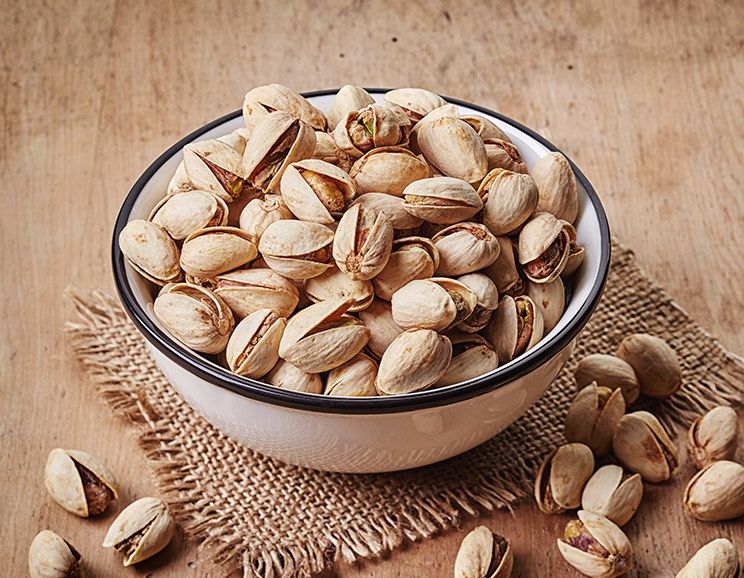
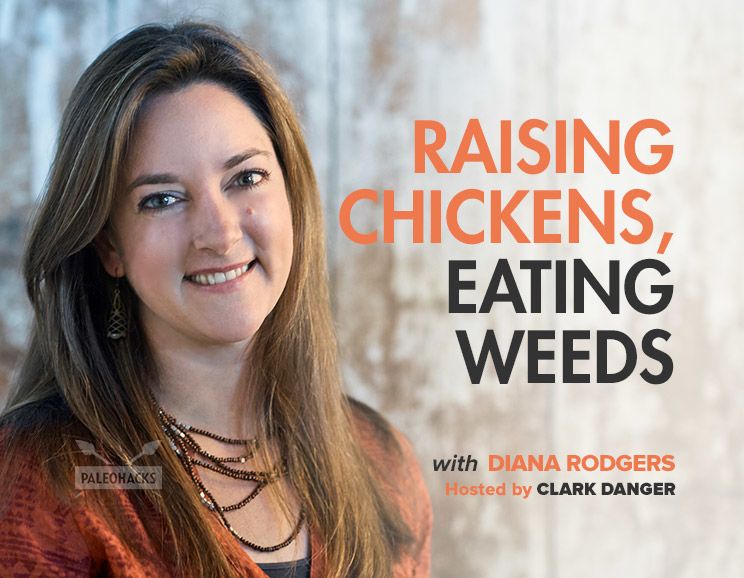

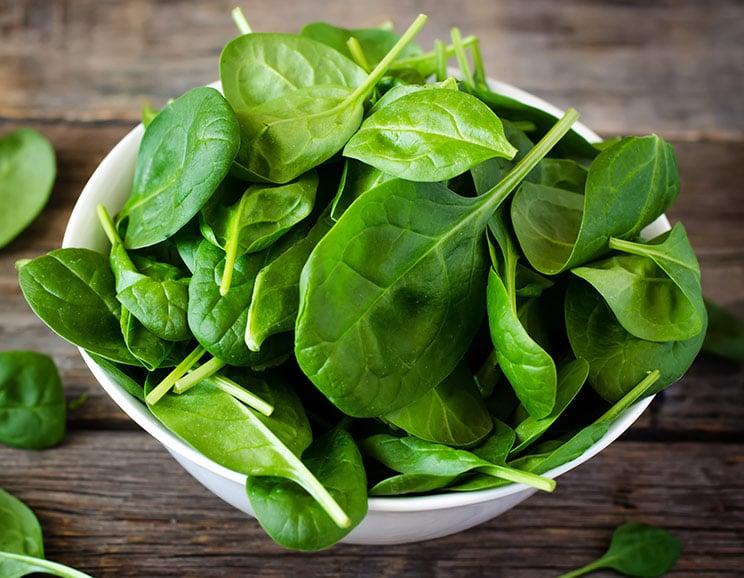
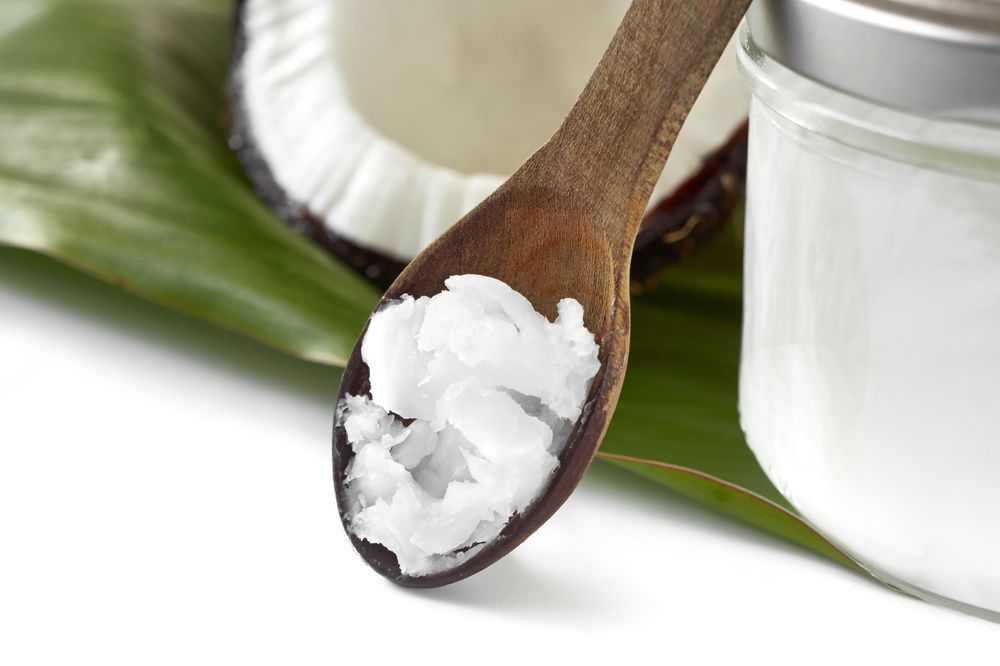

Show Comments